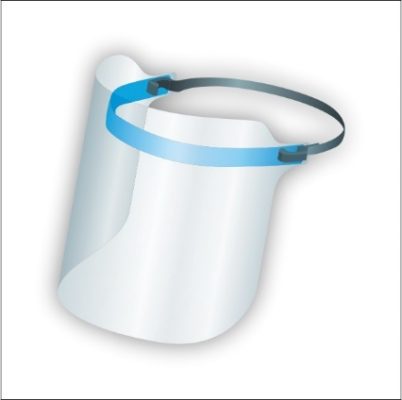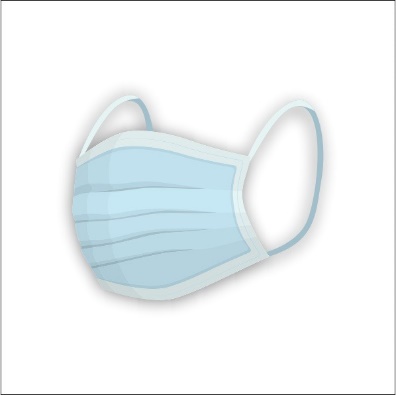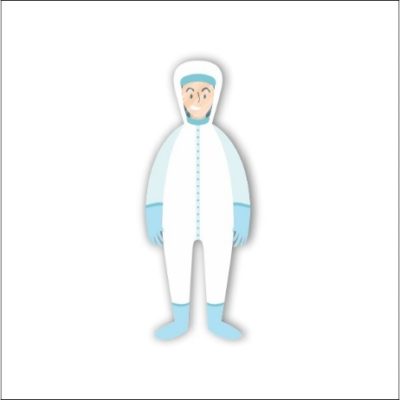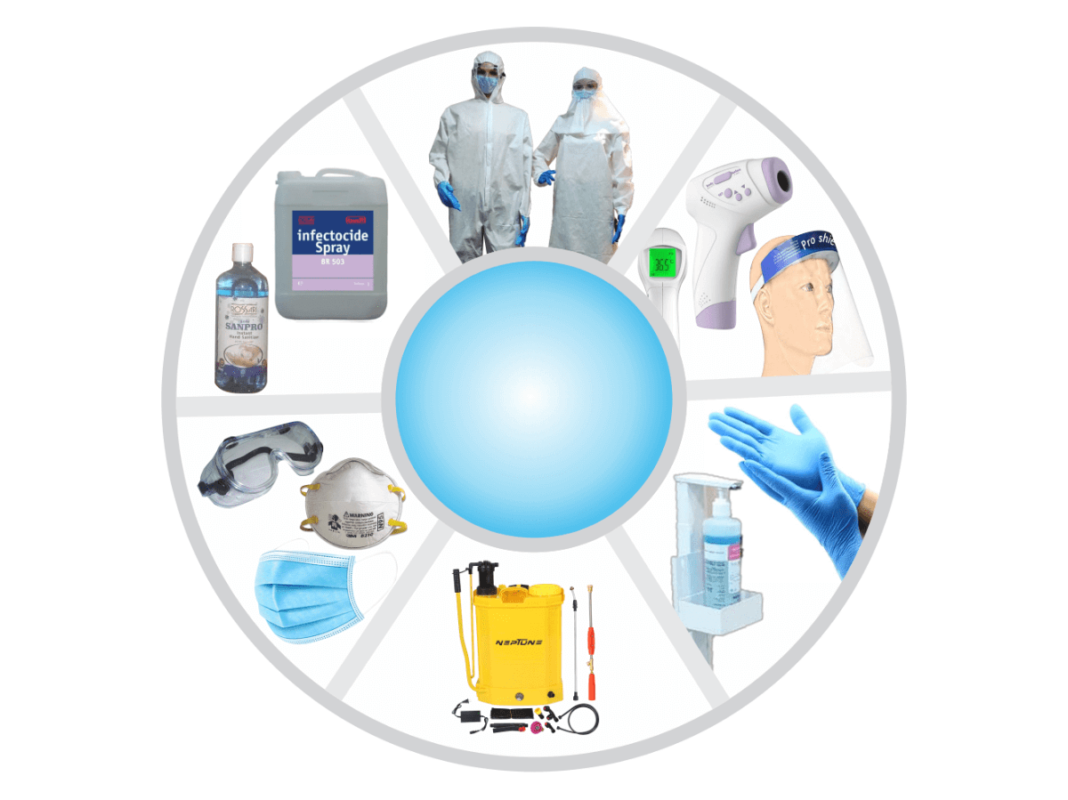Introduction
Personal Protective Equipment, as the name suggests is meant to provide personal safety from exposure to hazards, accidents and contaminants. The COVID-19 pandemic has led to a high surge in the demand of Personal Protective Equipment (PPE). This sudden increase has led to PPE shortages thus, posing a great challenge at multiple locations across the globe.
Personal safety products may include masks, gloves, eye-goggles, helmets, face-shields, safety shoes, safety key and much more. PPE also includes protective clothing like PPE suit coveralls and PPE kits.
Why is PPE important?
Various health and safety emergencies can be completely avoided with the help of PPE. Be it from inhalation, contact or absorption, personal protective products play a vital role when it comes to safety.
Hierarchy of Health and Safety Controls
Ensuring the safety of the workers is the top-most priority. To ensure maximum optimization of protection is achieved, a hierarchy of health and safety controls has been put in place. Following this hierarchy, implementation of the safety measures becomes easier as well as efficient. Have a look at the hierarchy pyramid below:
Towards the foundation of the pyramid are the least effective health and safety control measure and towards the peak are the most effective. Following this pyramid fundamentally leads for safer system formation coupled by significant risk/injury reduction.

Types of PPE?
Let us now understand the cruciality of each Personal Safety Product.
– Eye and Face Protection: Eye-gear or goggles are specifically used for eye protection that safeguard the eyes from chemical splashes, laser, contaminants and air-bourne objects. It ensures that the contamination from hands doesn’t reach the eyes as well. It is best to opt for transparent eye-gear for optimal visibility. They usually come in disposable as well as re-usable type. A disposable eye-wear should strictly not be re-used.
Face protection is achieved by face-shields that covers the entire face and provides seamless protection from contaminants, objects, dust, oil splashes, droplets and spread of infections. It also offers protection against cross-contamination. Personal are transparent, non-toxic and recyclable.

They are usually made of anti-fogging material and are re-usable post a thorough cleaning with soap and water or any other sanitization product. They are light weight and come with an elastic band for superior fit. The user must ensure that the face-shield is well below the chin ensuring complete coverage for the forehead, eyes, nose and mouth. Face-shields are of two types: fixed and adjustable depending on the movement of the shield vertically.
– Respiratory Protection: One of the most important line of defence in the current unprecedented times, is the respiratory protection. This personal protective equipment includes face-masks. These come with a snug fit covering the nose, mouth and chin. The ear bands provide extra grip while the nose-pin neatly embedded in the mask ensures no open spaces for the contaminants to enter.

Various groupings have been initiated to classify masks into 3-ply masks, cotton masks, N95 masks, RN95 masks, KN95 masks and so on. They further have disposable and reusable options.
– Hand Protection: Hand protection is attained by hand-gloves.

These too can be disposable as well as re-usable. There are differences in material as well including rubber, latex, nitrile and so on. They ensure prevention of direct contact with chemicals, contaminants or sprayers.
– Feet Protection: From boots to safety leggings, there are various leg and feet protective equipment available in the market.
Feet protection ensure safety from accidental falling of objects, chemicals and contaminants. These too can be disposable as well as re-usable.
– Body Protection: Talk about ultimate Personal Protective Equipment!

Body Protective Suits or PPE Suit Coveralls ensure head-to-toe protection. To further enhance the protective experience, there are PPE kits available that include a variety of safety products clubbed together for better experience which includes PPE suit, goggles, mask, gloves, shoe leggings as well as a disposable bag.
Who should use PPE?
With the COVID-19 pandemic spreading like wild-fire, everyone is advised to use PPE depending on the activity they undertake amidst these crises.
Usually Personal Safety Products are used by medical professionals, technical professional, workers, police officials and avid travellers.
Everyone that can be potentially exposed to respiratory, physical or chemical hazards must strictly use PPE. You may download the pdf of general guidelines BY OSHA here
What is the right way to wear PPE?
Wearing the PPE correctly is critical and requires practice. While wearing and removing PPE, ensure a fellow expert is monitoring to eliminate any slips. Listed below are the “Centre for Disease Control (cdc)” guidelines for wearing and removing of PPE:
Wearing:
- Select and gather the PPE of choice. Make sure the PPE suit size is proper.
- Indulge in basic hand sanitation.
- Put on the PPE suit and secure it with the ties. Seek assistance if required for the tying.
- Next, wear the certified N95 face mask and secure the nose-pin (if present) with both hands. Ensure the face-mask cover the nose, mouth and chin completely. Hook the ear-bands properly around the ears for grip.
- Wear a face-shield and goggles.
- Next, put on the gloves. Ensure the gloves are not covering the cuffs of the PPE suit.
- Let a fellow expert give a go-ahead before you proceed.
- And… you are good to go!
Removing:
- Remove gloves first ensuring there is no extra contamination happening over the hands. You may follow the glove-in-glove technique.
- Remove the PPE suit next by untying all the ties or opening the buttons. Roll down the suit carefully and dispose it in the disposable bag or trash receptacle.
- Perform hand sanitization.
- Remove the face-shield and goggles carefully. Hold the straps and move it away from the head ensuring the surface of the shield or goggles are not touched.
- Perform hand sanitization.
- Carefully untie or hold the ear-bands of the mask and pull them away from the face without touching the surface of the mask.
- Dispose as needed.
- Perform hand sanitization.
Important Points to Remember!
- Ensure you purchase PPE that exactly suits your need.
- Make sure you purchase the PPE that is certified and of good quality.
- Follow the instructions carefully on the user manual to maintain the PPE as described.
- Dispose the PPE in a disposable bag or the way mentioned in the user manual
Conclusion: Thus, Personal Protective Equipment plays a very important role in achieving safety efficiency for everyone in need. Hope this article was useful for you to understand the medical importance of PPE products
Stay Safe | Stay Healthy | Use PPE

